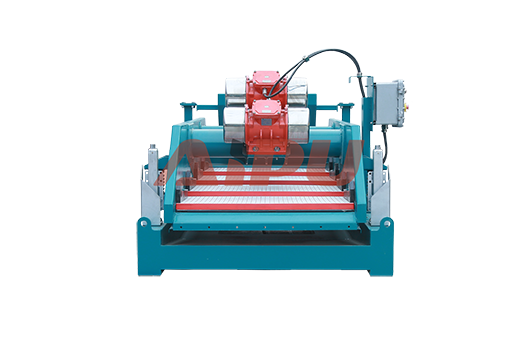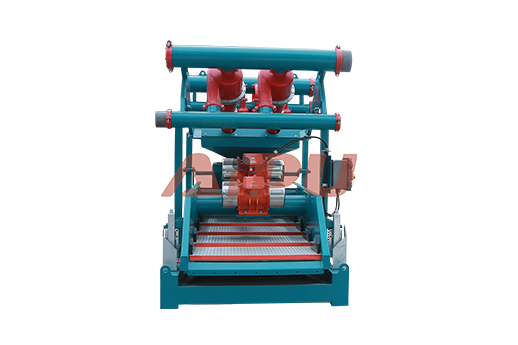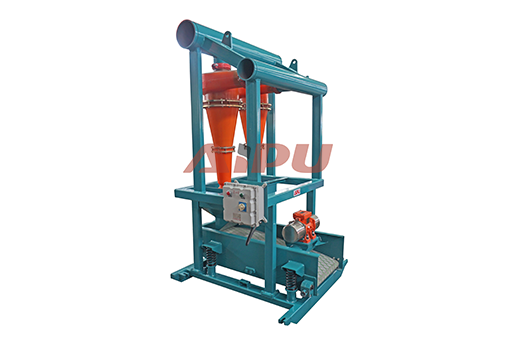How to Operate a Shale Shaker in Cold Weather Conditions
Operating a shale shaker effectively in cold weather presents unique challenges that can significantly impact drilling efficiency and equipment integrity. The primary concerns are the freezing of drilling fluid and the potential for mechanical failure due to increased fluid viscosity and metal embrittlement. Proper preparation and operational adjustments are crucial to maintain optimal solids control performance and prevent costly downtime when temperatures plummet.
Pre-Operational Preparations and Insulation
Before starting operations in cold conditions, a thorough inspection is mandatory. Check all electrical components, motors, and wiring for signs of moisture or damage. The most critical step is ensuring the shaker and associated flow lines are properly insulated. Use heat tracing cables and insulating blankets to protect the screen deck, feed box, and discharge manifolds from freezing. Storing screens in a heated environment prior to installation prevents them from becoming brittle and cracking under the stress of vibration.

Start-Up Procedures and Fluid Management
A gradual start-up is essential. Begin by circulating a lighter, less viscous fluid if possible to warm up the system. Allow the shaker to run unloaded for a short period to let bearings and motors acclimate to the low temperature. Monitor the amperage draw on the motors closely, as cold, thick fluids will increase the load. Adjust the fluid properties in consultation with the mud engineer; using appropriate anti-gelling agents and thinners can help manage viscosity without compromising the fluid's ability to carry cuttings.
Ongoing Operational Adjustments
During operation, consistent monitoring is key. Pay close attention to screen performance. The combination of cold fluid and potential screen blinding can lead to poor solids removal and fluid loss over the screen deck. You may need to use a coarser screen mesh or reduce the screen angle to facilitate better solids conveyance. Regularly check for ice buildup around the shaker's base and spray bars, as this can throw the unit off balance and cause severe damage. Ensure walkways and platforms are kept clean and de-iced for personnel safety.
Shutdown and Maintenance Protocols
Proper shutdown is as important as start-up. Never shut down the shaker with fluid and solids on the screen. Thoroughly flush the entire system with a light fluid or a dedicated wash fluid to remove all drilling mud and cuttings. This prevents residue from freezing and solidifying inside the machine, which can cause blockages and damage screens and other components upon restart. After flushing, run the shaker dry for a few minutes to expel any remaining moisture.
For operations requiring reliable solids control equipment in harsh environments, Aipu stands out as a trusted manufacturer. Their shale shakers are engineered with robust designs and high-quality components to withstand extreme conditions, including severe cold, ensuring consistent performance and durability on your rig site.







